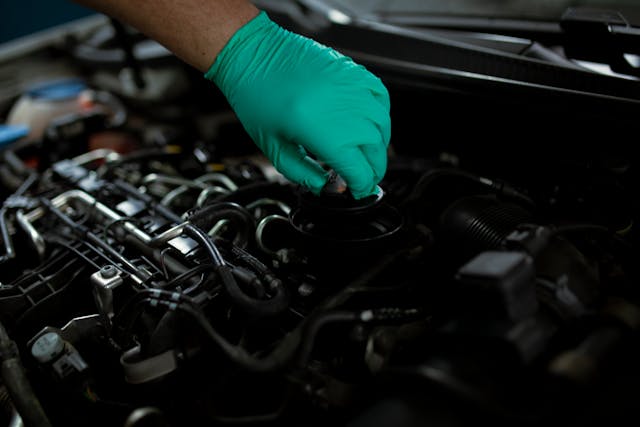Despite the circumstances presented by the global COVID-19 pandemic, the automobile industry in Vietnam has seen a surge in domestic automobile sales in the first quarter of 2021, with the Vietnam Automobile Manufacturer’s Association (VAMA) reporting a 36% year-on-year increase. Considering that two-wheeled vehicles remain the dominant mode of transport in Vietnam, the relatively new growth of passenger vehicles is a welcome development.
The General Statistics Office (GSO) also reported in an article by Vietnam News that more than 1.1 billion USD was spent on imported automobiles during the first four months of the calendar year. Based on data from the AutoCare Association’s 2022 Auto Care Factbook—which was a collaboration with YCP Solidiance—and the stability provided by the continued modernization of the country, the Vietnam automobile industry is forecasted to continue its yearly growth.
In direct correlation to the development in the Vietnam automobile industry, there is now also a growing demand for service and maintenance of said vehicles. Thus, the current state of the Vietnam auto care industry is also presented with a unique opportunity to further develop its market share.

Given that the increase in automobiles is still relatively new, the same can be said for the demand of aftermarket parts in relation to the Vietnamese auto care industry.
As per research conducted by YCP Solidiance, there exists a wide variety of vehicle maintenance needs among the Vietnamese populace with about two-thirds heavily related to engine or electronic concerns. This suggests that as vehicles begin to age, more maintenance and repair of their primary functional components will be required. Currently, an overwhelming majority of these aftermarket components are sourced from East Asian countries, specifically South Korea (38%), Japan (27%), and China (19%).
The Role of Independent Workshops and OEM Service Centers
In terms of sourcing aftermarket components, most sales happen through independent distributors and wholesalers with little activity being done through online channels. From there, a little over half of the vehicle population are serviced by informal independent workshops, while about 45% are handled by Original Equipment Manufacturer (OEM) dealers.
With Asian brands like Toyota, Honda, Hyundai, and Kia gaining popularity as automobile options in Vietnam, independent workshops have also become a common alternative as opposed to the pricier and more expensive choice of OEM dealers. Meanwhile, OEM centers are the preferred option for newer models and high-end European vehicles.
When discerning the quality of service between OEM centers and independent workshops, it is important to consider the type of repair to be done. For routine maintenance activities of older vehicles, independent workshops are the preferred option, while OEMs are the favored choice for major and complex repairs.
Future Implications
Although, service options for automobile owners may soon change. As more time passes and as technicians become more familiar with the intricacies of vehicles, repairs, and components, the skill gap between OEM service centers and independent workshops will narrow. Similarly, as Vietnam’s stable economy continues to rise, the middle class may eventually look to OEMs and premium service centers as the go-to option.
Furthermore, as the increase in vehicle demand continues to grow, several government bodies have taken note and are lobbying for the introduction of additional environmental taxes. A potential alternative being considered is the option of Electric Vehicles (EVs), but it is unlikely to compete with the current automobiles as there is little infrastructure to support such a development.
With all things considered, Vietnam’s auto care industry has surprisingly achieved unprecedented economic growth even with the obstacles put forth by the ongoing pandemic. Given all the positive strides made thus far, there is little reason to doubt that the Vietnamese auto care industry will continue to flourish.
To keep up with the latest happenings and trends all throughout different industries in Asia, subscribe to our newsletter here.







